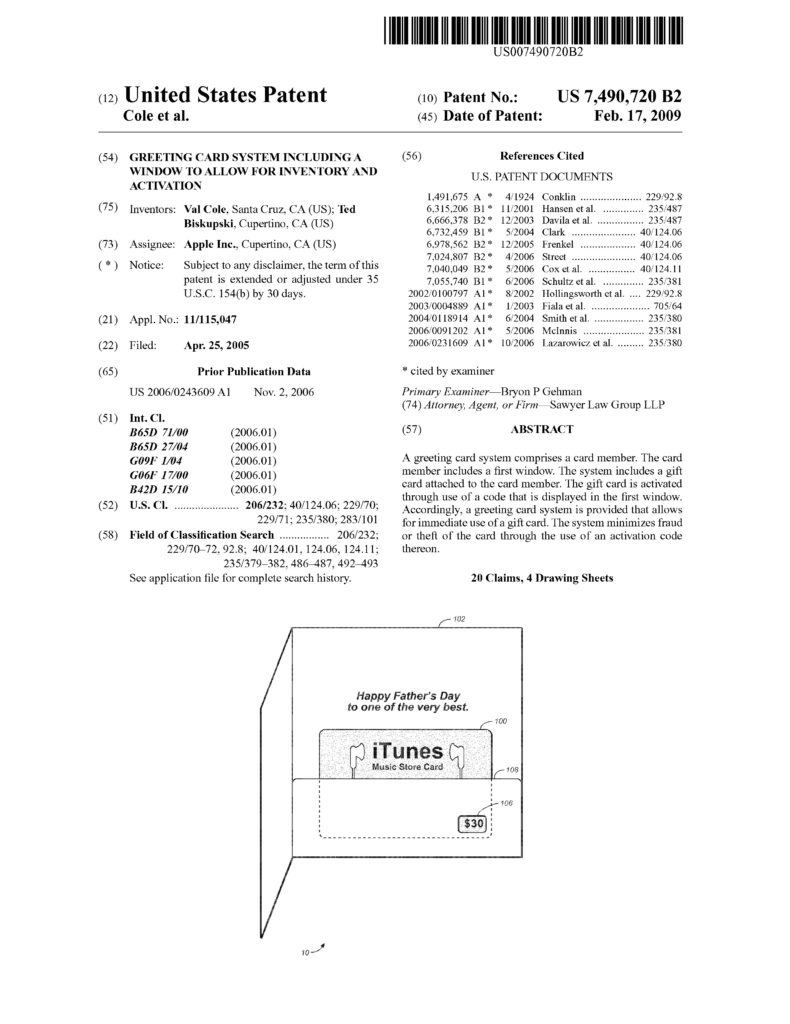In Eli Lilly and Co. v. Hospira, Inc., [2018-2126, 2018-2127] (August 9, 2019), the Federal Circuit reversed the district court’s finding of literal infringement in the Hospira Decision as clearly erroneous in light of the court’s claim construction of “administration of pemetrexed disodium,” but affirmed the district court’s finding of infringement under the doctrine of equivalents.
Lilly markets the compound pemetrexed in the form of a disodium salt as Alimta®, for treating certain types of non-small cell lung cancer and mesothelioma. This product was covered by U.S. Patent 7,772,209. Hospira and Dr. Reddy’s each filed ANDA applications to market competing
With respect to the finding of literal infringement, Hospira argued that it cannot literally infringe the claims of the ’209 patent because intravenous administration of pemetrexed ditromethamine dissolved in saline—a solution which contains pemetrexed and chloride anions alongside sodium and tromethamine cations—is not “administration of pemetrexed disodium.” The Federal Circuit agreed, finding that “[i]t was clearly erroneous for the district court to hold that the ‘administration of pemetrexed disodium’ step was met because Hospira’s pemetrexed ditromethamine product will be dissolved in saline before administration. A solution of pemetrexed and chloride anions and tromethamine and sodium cations can-not be deemed pemetrexed disodium simply because some assortment of the ions in the solution consists of pemetrexed and two sodium cations.” The Federal Circuit concluded that to literally practice the “administration of pemetrexed disodium” step under the district court’s claim construction, the pemetrexed disodium salt must be itself administered.
With respect to the Doctrine of Equivalaents, the main dispute was whether prosecution history estoppel prevented Lilly from claiming that the administration of pemetrexed ditromethamine was an infringing equivalent to administering pemetrexed disodium. During prosecution, Lilly amended the claims from “an antifolate” to “pemetrexed disodium.” Lilly conceded that this was a narrowing amendment, and that it was made for reasons of patentability. However, Lilly argued that the rationale of its amendment bore “no more than a tangential relation to the equivalent in question.”
Lilly argued that the district court properly held that the reason for its amendment was to distinguish pemetrexed from antifolates generally and that the different salt type is a merely tangential change with no consequence for pemetrexed’s administration or mechanism of action within the body. The Federal Circuit agreed with Lilly. Noting that “tangential” meant “touching lightly or in the most tenuous way,” the Federal Circuit said that the reason for the amendment was to distinguish methotrexate. Under these circumstances the particular type of salt to which pemetrexed is complexed relates only tenuously to the reason for the narrowing amendment, which was to avoid methotrexate . The Federal Circuit therefore held that Lilly’s amendment was merely tangential to pemetrexed ditromethamine because the prosecution history, in view of the ’209 patent itself, strongly indicates that the reason for the amendment was not to cede other, functionally identical, pemetrexed salts.
The Federal Circuit also found support in the prosecution record, noting that Lilly’s amendment, inartful though it might have been, was prudential in nature and did not need or intend to cede other pemetrexed salts. Because the references specifically mentioned pemetrexed the Federal Circuit saiad that narrowing “antifolate” to “pemetrexed disodium” could not possibly distinguish the art cited in the obviousness ground of rejection.
Lilly’s burden under Festo was to show that pemetrexed ditromethamine was “peripheral, or not directly relevant,” to its amendment, and the Federal Circuit concluded it had done so.
The Federal Circuit also rejected arguments that the disclosure-dedication rule prevented a finding of infringement under the docitrine of equivavlents, agreeing with Lilly that the ’209 patent does not disclose methods of treatment using pemetrexed ditromethamine, and, as a result, Lilly could not have dedicated such a method to the public.
Because neither prosecution history estoppel nor the disclosure-dedication rule bars Lilly from asserting infringement through equivalence, the Federal Circuit affirmed the judgement of infringement.

